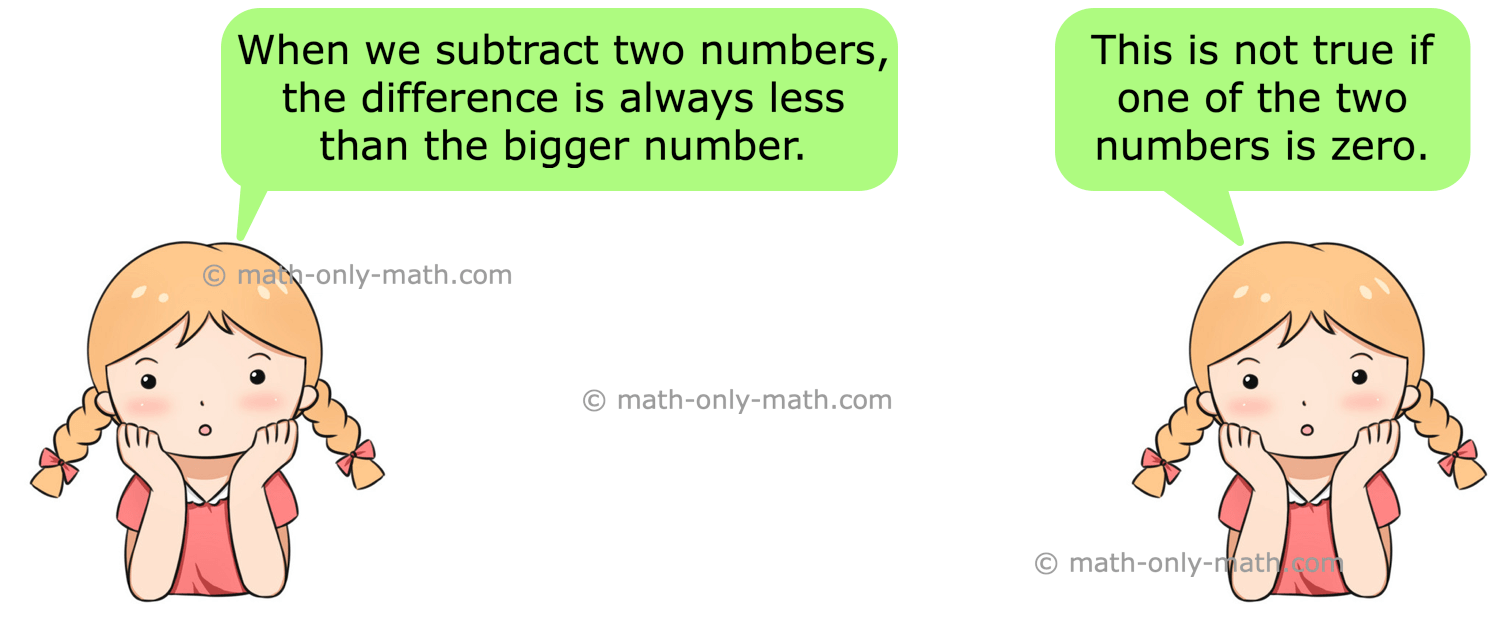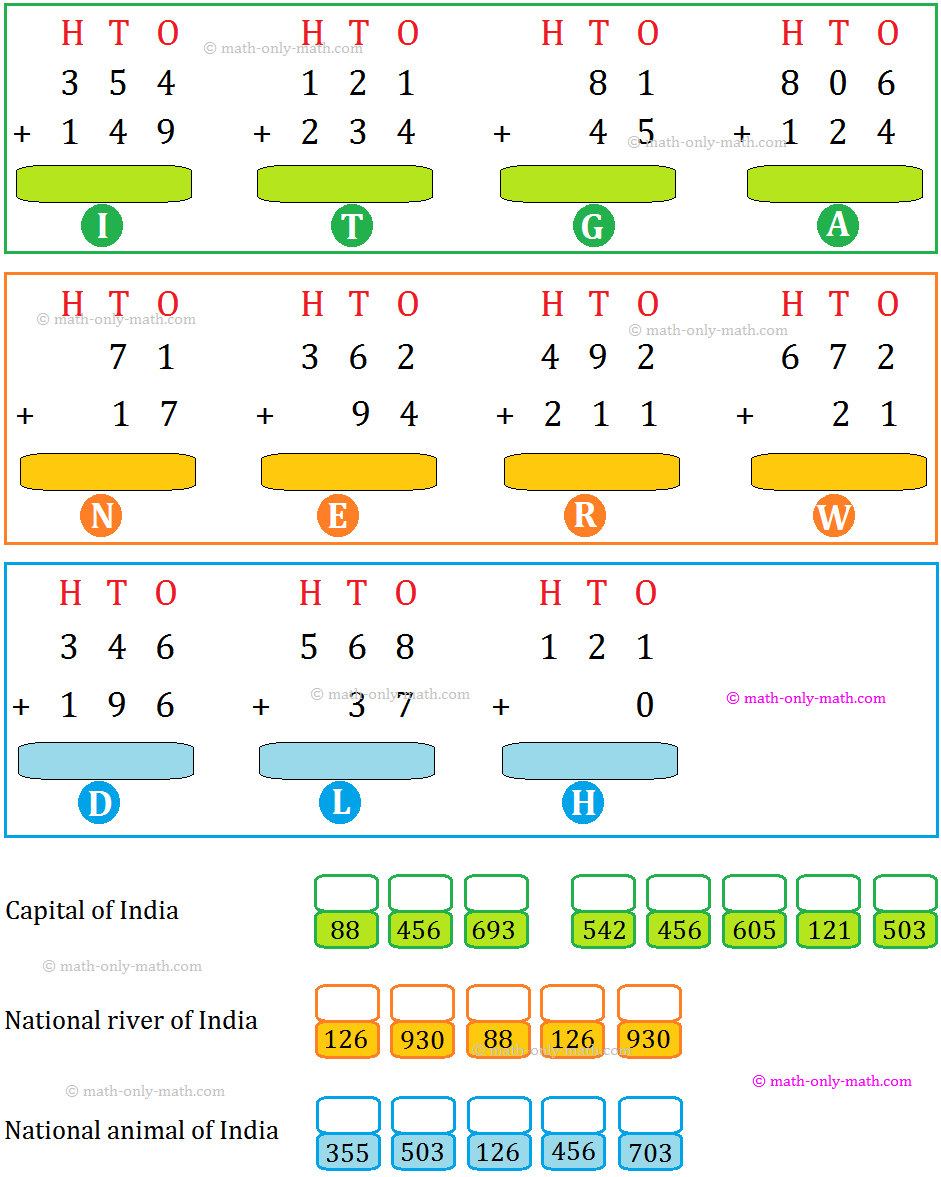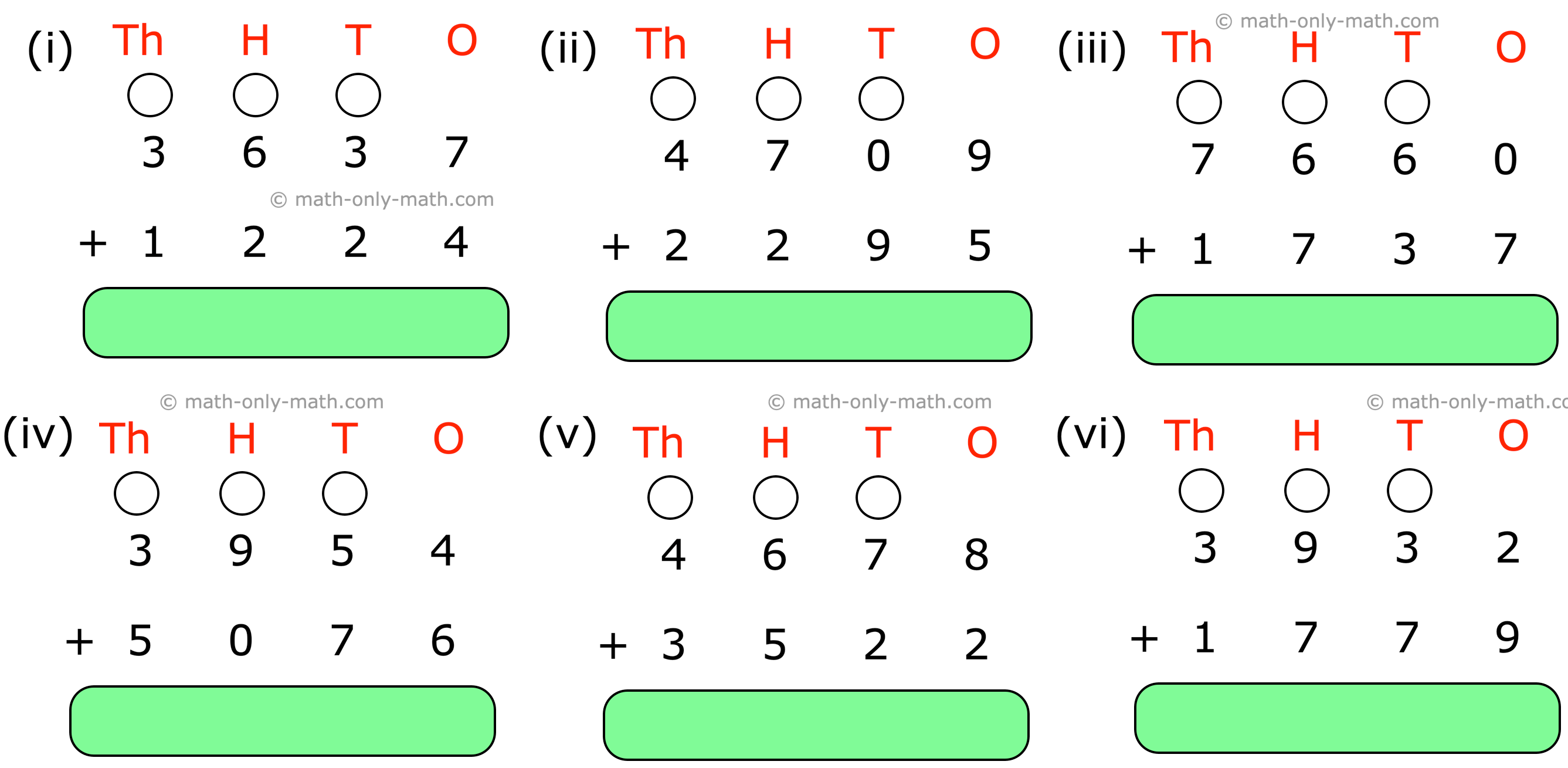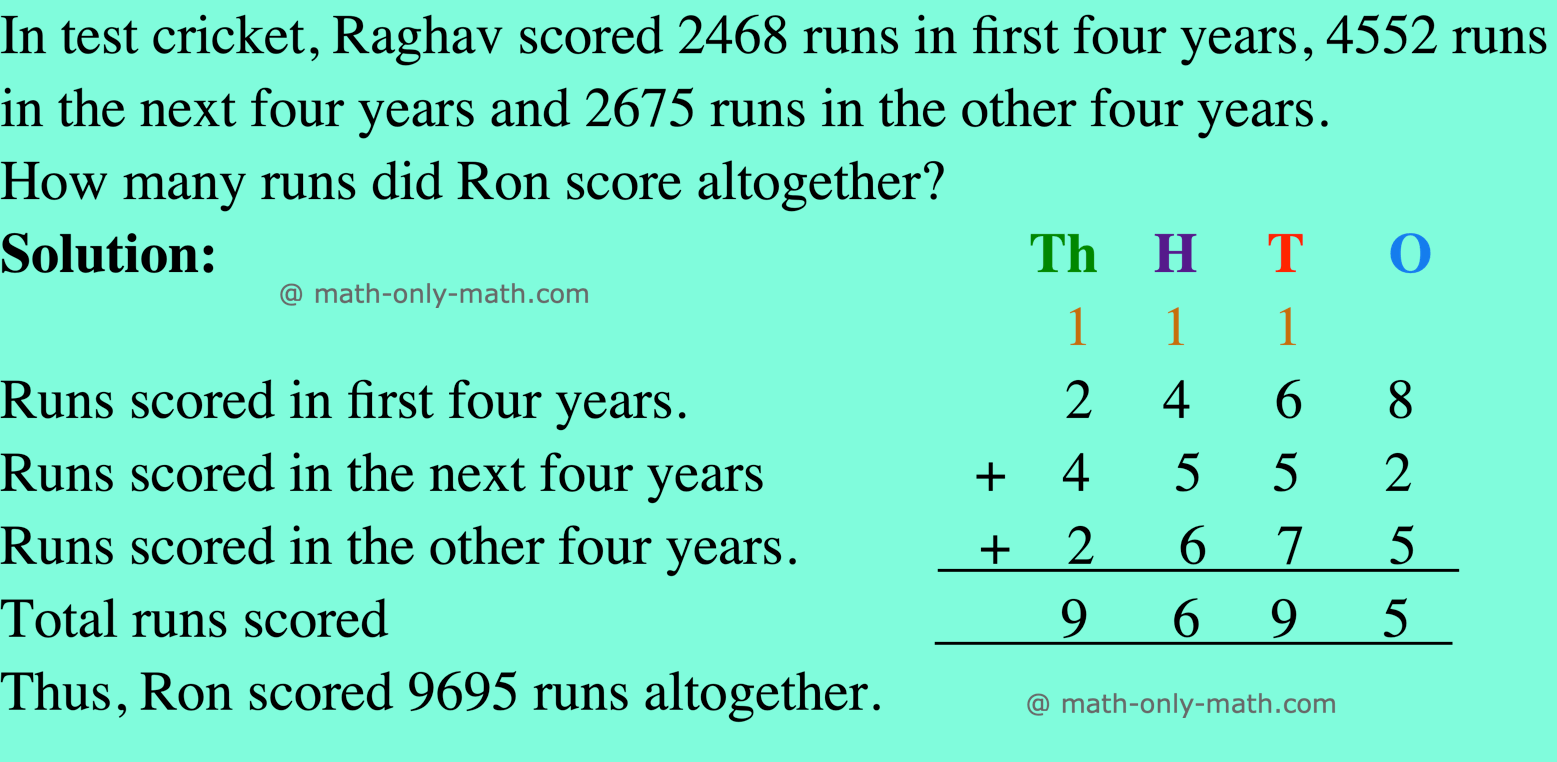Cube
If a number is multiplied by itself three times, then the product is called the cube of that number.
To denote the cube of a number, 3 is written a little up to the right of the numbers.

Thus, 3 is the power of x and is read as “x cubed”.
Cube of a number:
When a number is multiplied three times by itself, the product obtained is called the cube of a number.
For a given numberm, we define, cube of m = m × m × m, denoted by m³.
For example:
(i) 2³ = (2 × 2 × 2) = 8.
Thus, cube of 2 is 8.
(ii) 3³ = (3 × 3 × 3) = 27.
Thus, cube of 3 is 27.
(iii) 4 × 4 × 4 = 64, here 64 is the cube of 4.
(iv) 5 × 5 × 5 = 125, here 125 is the cube of 5.
Perfect cube:
A natural number (n) is said to be a perfect cube if (n = m³) it is the cube of some natural number.
For example:
1³ =1,
2³ = 8,
3³ =27,
4³ =64,
5³ =125, etc.
Thus 1, 8, 27, 64, 125, etc. are perfect cubes.
A given natural number is a perfect cube if it can be expressed as the product of triplets of equal factors.
Cubes of negative integer:
The cube of a negative integer is always negative.
For example:
(-1)³ = (-1) × (-1) × (-1) = -1,
(-2)³ = (-2) × (-2) × (-2) = -8
(-3)³ = (-3) × (-3) × (-3) = -27, etc.
Cube of a rational number:
We have, (a/b) ³ = a/b × a/b × a/b = (a × a × a)/(b × b × b) = a³/b³
Hence, (a/b) ³ = a³/ b³
For example:
(i) (3/5) ³ = 3³/5 ³ = (3 × 3 × 3)/(5 × 5 × 5) = 27/125
(ii) (-2/3) ³ = (-2) ³/ 3³ = {(-2) × (-2) × (-2)}/(3 × 3 × 3) = -8/27
Properties of cubes of numbers:
(i) The cube of every even natural number is even.
(ii) The cube of every odd natural number is odd.
1. Show that 189 is not a perfect cube. 2. Show that 216 is a perfect cube. Find the number whose cube is 216. 4. What is the smallest number by which 392 may be divided so that the quotient is a perfect cube? 5. Find the cube of each of the following : ● Cube and Cube Roots To Find if the Given Number is a Perfect Cube Method for Finding the Cube of a Two-Digit Number ● Cube and Cube Roots - Worksheets Worksheet on Cube and Cube Root 8th Grade Math Practice Didn't find what you were looking for? Or want to know more information
about Math Only Math.
Use this Google Search to find what you need.Solved example to find perfect cubes step by step;
Solution:
Resolving 189 into prime factors, we get:

189 = 3 × 3 × 3 × 7
Making triplets, we find that one triplet is formed and we are left with one more factor.
Thus, 189 cannot be expressed as a product of triplets.
Hence, 189 is not a perfect cube.
Solution:
Resolving 216 into prime factors, we get: 
216 = 2 × 2 × 2 × 3 × 3 × 3
= (2 × 3) × (2 × 3) × (2 × 3)
= (6 × 6 × 6)
= 6³
Thus, 216 is a perfect cube.
And, 6 is the number whose cube is 216.
3. What is the smallest number by which 3087 may be multiplied so that the product is a perfect cube?
Solution:
Writing 3087 as a product of prime factors, we have:

3087 = 3 × 3 × 7 × 7 × 7
Hence, to make it a perfect cube, it must be multiplied by 3.
Solution:
Writing 392 as a product of prime factors, we have:

392 = 2 × 2 × 2 × 7 × 7
Clearly, to make it a perfect cube, it must be divided by (7 × 7), i.e., 49.
(i) (-70 ) (ii) 1²/₃ (iii) 2.5 (iv) 0.06
Solution:
(i) (-7)³
= (-7) × (-7) × (-7)
= -343
(ii) (1²/₃)³
= (5/3) ³
= 5³/3³
= (5 × 5 × 5)/(3 × 3 × 3)
= 125/27
(iii) (2.5)³
= (25/10)³
= (5/2)³
= 5³/3³
= (5× 5 × 5)/(3× 3× 3)
= 125/27
(iv) (0.06) ³
= (6/100)³
= (3/50)³ = 3³/(50)³
= (3 × 3 × 3)/(50 × 50 × 50)
= 27/125000
From Cube to HOME PAGE
Recent Articles
-
Subtraction of 4-Digit Numbers | Subtract Numbers with Four Digit
Jan 12, 25 03:23 AM
We will learn about the subtraction of 4-digit numbers (without borrowing and with borrowing). We know when one number is subtracted from another number the result obtained is called the difference. -
3rd Grade Addition Worksheet | 3-Digit Addition | Word Problems | Ans
Jan 11, 25 01:06 PM
In 3th Grade Addition Worksheet we will solve how to addition of 3-digit numbers without regrouping, addition of three 3-digit numbers without regrouping, addition of 3-digit numbers with regrouping… -
Addition of 4-Digit Numbers | 4-Digit Addition |Adding 4-Digit Numbers
Jan 11, 25 03:16 AM
We will learn about the addition of 4-digit numbers (without carrying and with carrying). We know how to add 2 or 3, 3-digit numbers without carrying or with carrying. -
Worksheet on Addition of 4-Digit Numbers | 4 Digit Addition Worksheets
Jan 11, 25 02:48 AM
Practice the questions given in the worksheet on addition of 4-digit numbers. Here we will add two 4-digit numbers (without carrying and with carrying) and three 4-digit numbers -
Word Problems on 4-Digit Numbers |Addition and Subtraction of 4-Digits
Jan 10, 25 02:49 PM
We will solve here some of the word problems on addition and subtraction of 4-digit numbers. We will apply the same method while adding and subtracting the word problems. 1. In a village, there are 25…






New! Comments
Have your say about what you just read! Leave me a comment in the box below. Ask a Question or Answer a Question.